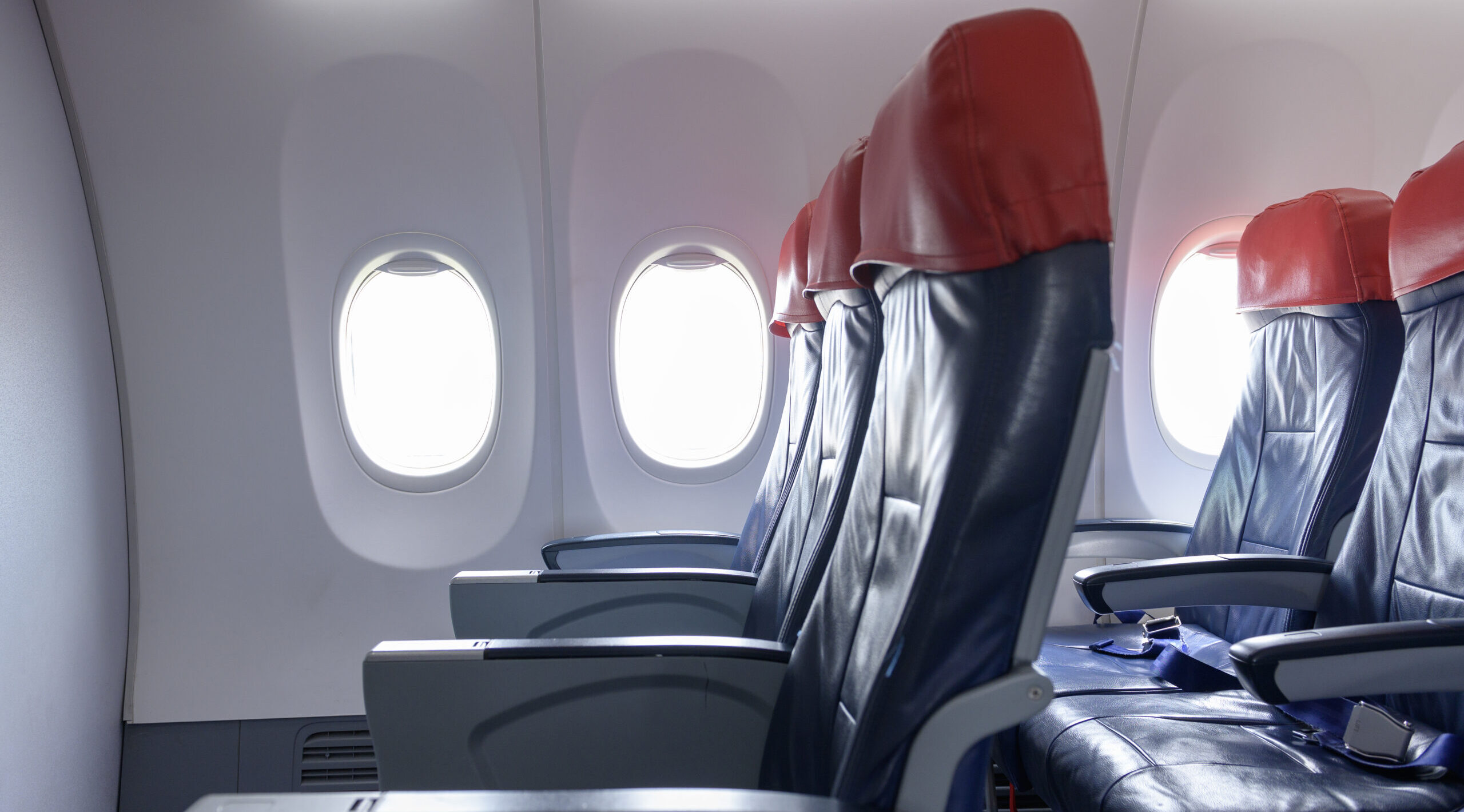
At a public board meeting earlier this week, The National Transportation Safety Board said the probable cause of the January 2024 in-flight mid-exit door (MED) plug blowout on Alaska Airlines Flight 1282 was Boeing’s failure to “provide adequate training, guidance and oversight” to its factory workers.
“The NTSB’s findings highlight continued safety lapses at Boeing even five years after the tragic crashes in Ethiopia and Indonesia,” said Pablo Rojas, Associate with Podhurst Orseck.
On January 5, 2024 the Boeing 737 Max heading from Portland, Oregon to Ontario, California was climbing through 14,830 feet about six minutes after takeoff when the left MED plug flew off the plane. The door plug (MED) is a panel used to fill a space where an emergency exit door may be located.

According to the NTSB report, during the rapid depressurization the door to the flight deck swung open, injuring a flight attendant. In addition to the flight attendant, seven passengers were injured.
Two days after the accident, the MED plug was found in a Portland neighborhood. When investigators examined the recovered plug, they found evidence that the four bolts needed to secure the plug were missing before the accident occurred.
Investigators said Boeing has no record of who was responsible for removing and reinstalling the door plug, making it impossible to pinpoint who performed those tasks. “These safety lapses raise concerns that Boeing is not doing enough to prevent similar tragedies in the future,” said Rojas.
The NTSB also found the Federal Aviation Administration was ineffective in ensuring Boeing addressed “repetitive and systemic” nonconformance issues associated with its parts removal process. “FAA oversight is not a guarantee of safety,” said Rojas. The NTSB issued new safety recommendations to the FAA and Boeing.
The aircraft manufacturer was back in the news earlier this month after the crash of an Air India plane in Ahmedabad, India. Investigators have not yet determined what caused that crash that killed 241 aboard the Boeing 787 Dreamliner, but so far they have not found flaws in that model.
“Although the cause of the recent Air India tragedy is yet to be determined, incidents like these highlight the critical importance of safe manufacturing,” said Rojas.